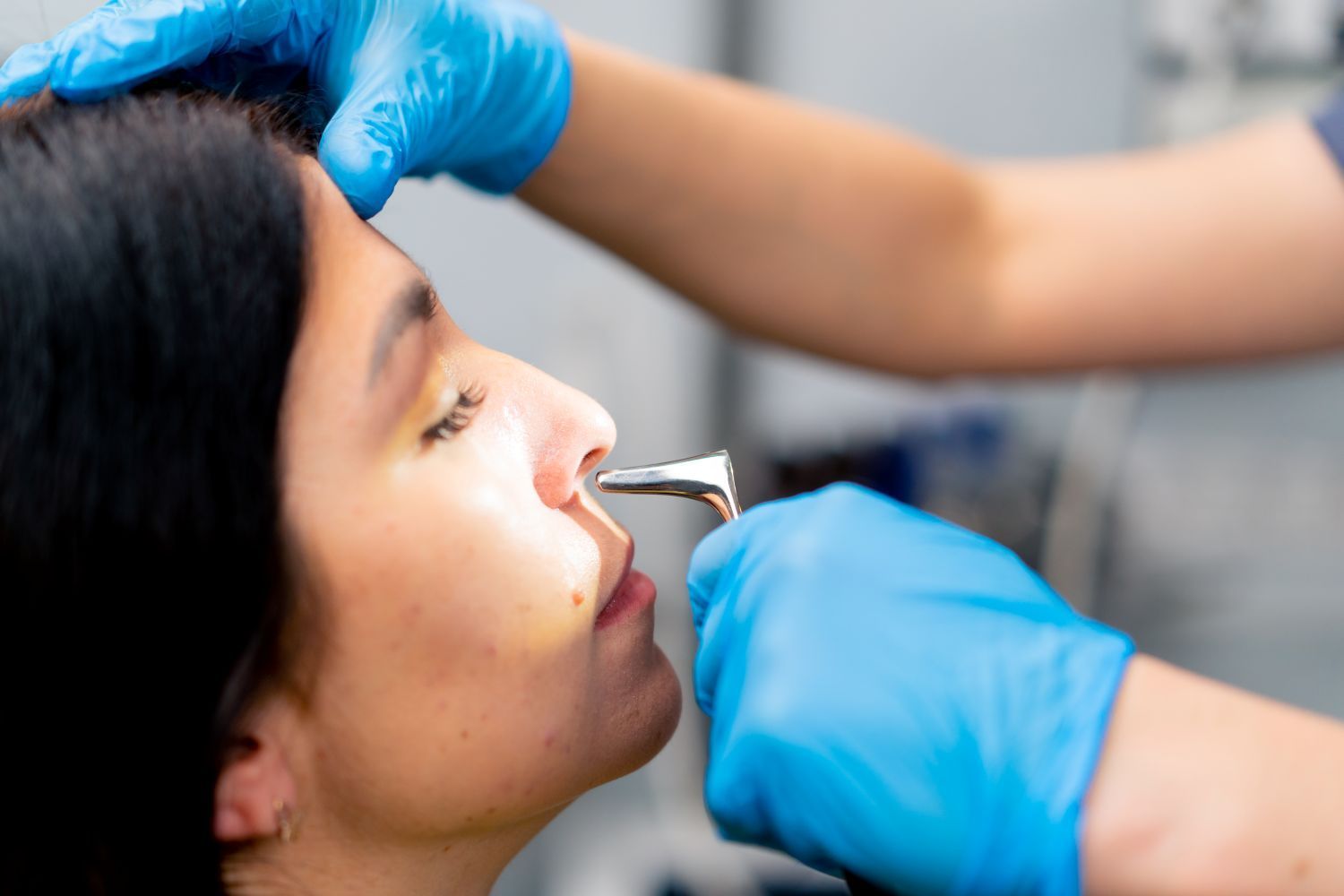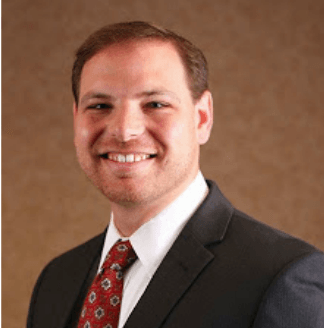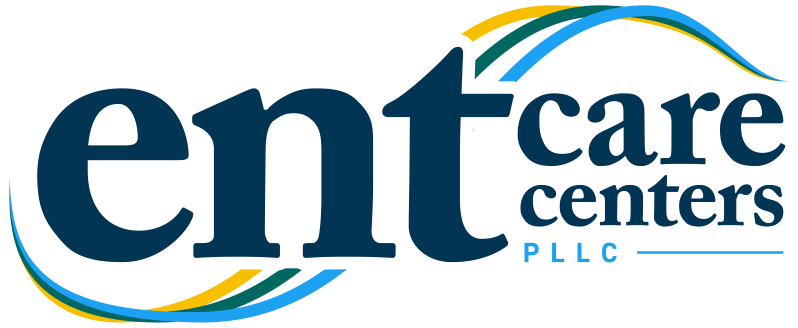How Is Sphenoid Sinusitis Treated?
Sphenoid sinusitis is the inflammation of the sphenoid sinuses (the cavities located directly behind the nose and between the eyes). When this inflammation is limited to the sphenoid cavities, the condition is called isolated sphenoid sinusitis. It is a rare condition affecting 2.7 to 3.0% of people infected with sinusitis.
Sphenoid sinusitis calls for prompt diagnosis and appropriate treatment. Any delay can cause severe complications like cranial neuropathies, cavernous sinus thrombosis, meningitis, and intracranial abscess due to the proximity of the sphenoid sinus to vital neurovascular structures.
What is Sphenoid Sinusitis?
Sphenoid sinusitis is the inflammation of the sphenoid sinuses, which are located in the middle of the head and between the eyes. This condition is known as isolated sphenoid sinusitis when the inflammation is limited to the sphenoid cavities.
What is the difference between acute and chronic sphenoid sinusitis?
Chronic sphenoid sinusitis is identified when the inflammation of the infected area persists for more than a period of 12 weeks.
What are the potential complications of untreated sphenoid sinusitis?
Untreated sphenoid sinusitis may cause severe complications, such as neurological symptoms, abscesses in the brain, and meningitis.
What is the prevalence of isolated sphenoid sinusitis?
Isolated sphenoid sinusitis occurs in only about 2.7% of reported sinus infections.
Can sphenoid sinusitis affect multiple sinuses?
Yes, sphenoid sinusitis can affect multiple sinuses, such as the ethmoid air cells or the maxillary sinuses.
Where are the sphenoid sinuses located?
The sphenoid sinuses are located in the middle of the head, just behind the nose and between the eyes.
Symptoms of Sphenoid Sinusitis
The symptoms can vary slightly depending on whether the condition is acute (short-term) or chronic (long-term). In general, though, the following symptoms are common:
● Headaches of various intensities, usually unresponsive to analgesics. Headaches are the most common symptom affecting 80% of cases.
● Mucus discharge
● Pain in the face and head
● Pressure and pain around the eyes
● Visual deterioration due to inflammation involving the optic nerve
● Weakened sense of smell due to mucus build-up
What Causes Sphenoid Sinusitis
Sphenoid sinusitis may develop as a complication of upper respiratory tract infections, bacterial sinusitis, chronic rhinosinusitis with nasal polyps, or fungal sinusitis. Acute sphenoid sinusitis is associated with bacterial infections, such as Haemophilus influenzae, Moraxella catarrhalis, and Streptococcus pneumoniae (strep throat).
Fungal infections or colonization are another potential cause that can affect the sphenoid sinuses. Commonly called a fungal ball, these type of sphenoid sinusitis arises from tissue reaction to fungal exposure.
How to Treat Sphenoid Sinusitis
Sphenoid sinusitis is treated through medications and surgery. Sphenoid sinusitis usually develops as a complication of upper respiratory tract infections. The disease requires nasal endoscopy and sometimes advanced imaging techniques for diagnosis. Based on the symptoms and complications, your doctor can prescribe you a CT or MRI scan for an accurate diagnosis.
A nebulizer can treat many sphenoid sinusitis symptoms like postnasal drip or nasal congestion. They moisturize and provide relief from pain and irritation. Systemic or topical decongestants, hot fermentation, steam inhalation, and steroid nasal sprays can also help the situation.
Based on the symptoms and the diagnosis, your doctor may also prescribe antibiotics because it often involves infection with bacteria. It's essential to take this medication exactly as prescribed by your doctor because it has serious side effects if it isn't used correctly. However, if your symptoms do not improve after taking these medications for a few weeks, your doctor may recommend surgical treatments. Sometimes the condition may require urgent surgery when there is cranial nerve involvement.
The least invasive procedure for treating sphenoid sinusitis is a lavage of the sphenoid sinus. The sphenoid sinus is accessed via a natural opening, and the infection-causing contents can be flushed out.
Endoscopic transnasal sphenoidotomy is one of the most reliable surgical procedures and is considered the gold standard for treating chronic sphenoid sinusitis. The endoscopic method aids better visualization and has faster healing and a higher success rate. Microscopic sphenoidotomy and balloon-assisted endoscopic sphenoidotomy are other methods to treat sphenoid sinusitis surgically. A sphenoidotomy aims to improve sinus drainage and reduce pressure on your optic nerve (which could cause vision problems). It can be done by removing bone or tissue, blocking the sinus openings, or widening them.
How to Prevent Sphenoid Sinusitis
To prevent sphenoid sinusitis and reduce the risk of developing an isolated sphenoid sinus infection, it is important to take certain measures to maintain a healthy and well-functioning nose. Here are some effective ways to prevent sphenoid sinusitis:
1. Reduce exposure to harmful bacteria, viruses, allergens, and other triggers that may irritate and inflame the sinus cavities. Avoid smoke, fumes, and other airborne irritants that can potentially aggravate the sinuses.
2. Consider gently cleaning your nostrils with saline solutions or a nasal rinse. This helps remove trapped particles, pollutants, and allergens, reducing the chances of sinus infections.
3. Take necessary precautions to prevent allergies, as allergic reactions can lead to sinusitis. If you have known allergies, follow appropriate prevention routines such as avoiding allergens and taking prescribed medications or immunotherapy.
4. When necessary, wear a mask to protect yourself from exposure to airborne irritants, particularly in environments with high levels of pollutants, dust, or allergens.
5. If you experience persistent sinus issues, seek medical attention. If symptoms persist for 3 to 5 days without improvement, consult a doctor for proper evaluation and treatment.
If you are facing any discomfort in breathing or experiencing any symptoms stated above, it is best to consult a doctor immediately. Regardless of the state and complexity of your problem, Dr. Thomas S. Higgins, MD, MSPH, a top endoscopic sinus surgeon, will comprehensively assess your situation and provide you with the best possible treatment. Call 502-894-8441 or click here to book an appointment.
Thomas S. Higgins, MD, MSPH
Father. Husband. Sinusitis Nerd.















